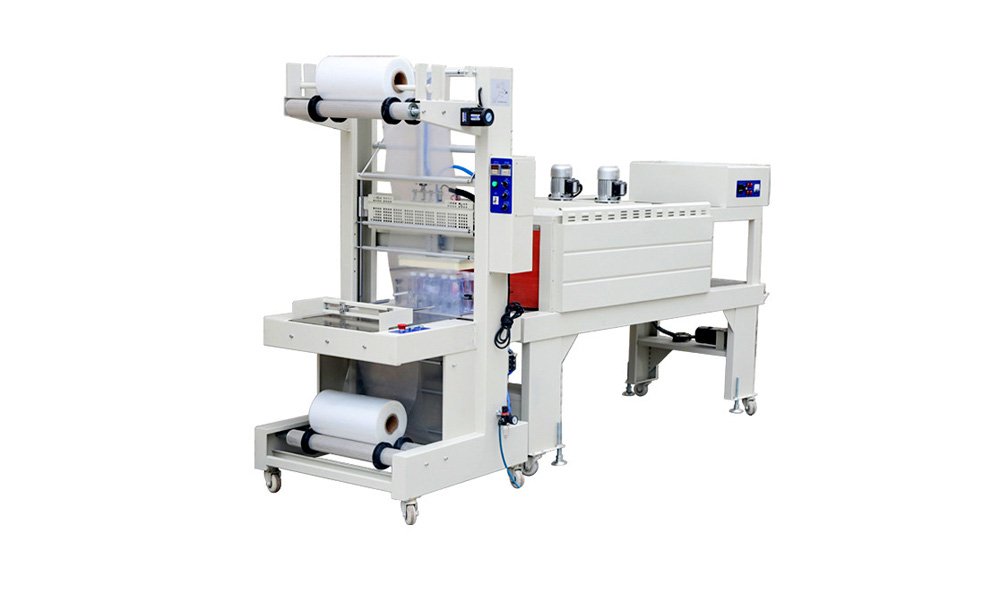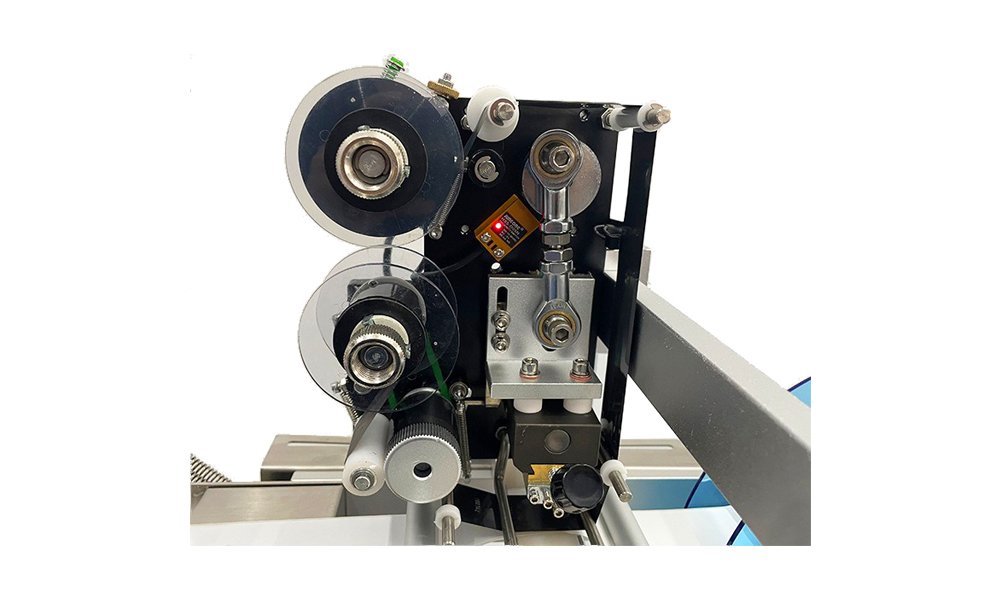Picking the wrong tape applicator can lead to weak adhesion and inaccurate tape application. This can result in costly rework and production delays. Selecting the right tape applicator will help you accurately apply tape that will last and save you time and money.
When you’re selecting a tape applicator, consider things like the type of tape, compatibility with surfaces, how strong the tape needs to stick, how quickly it needs to cure, how easy it is to use, and how precise you need to be. All of these things will help you apply your tape correctly and make your job easier.
Here are six things you need to know to get the right tape applicator.
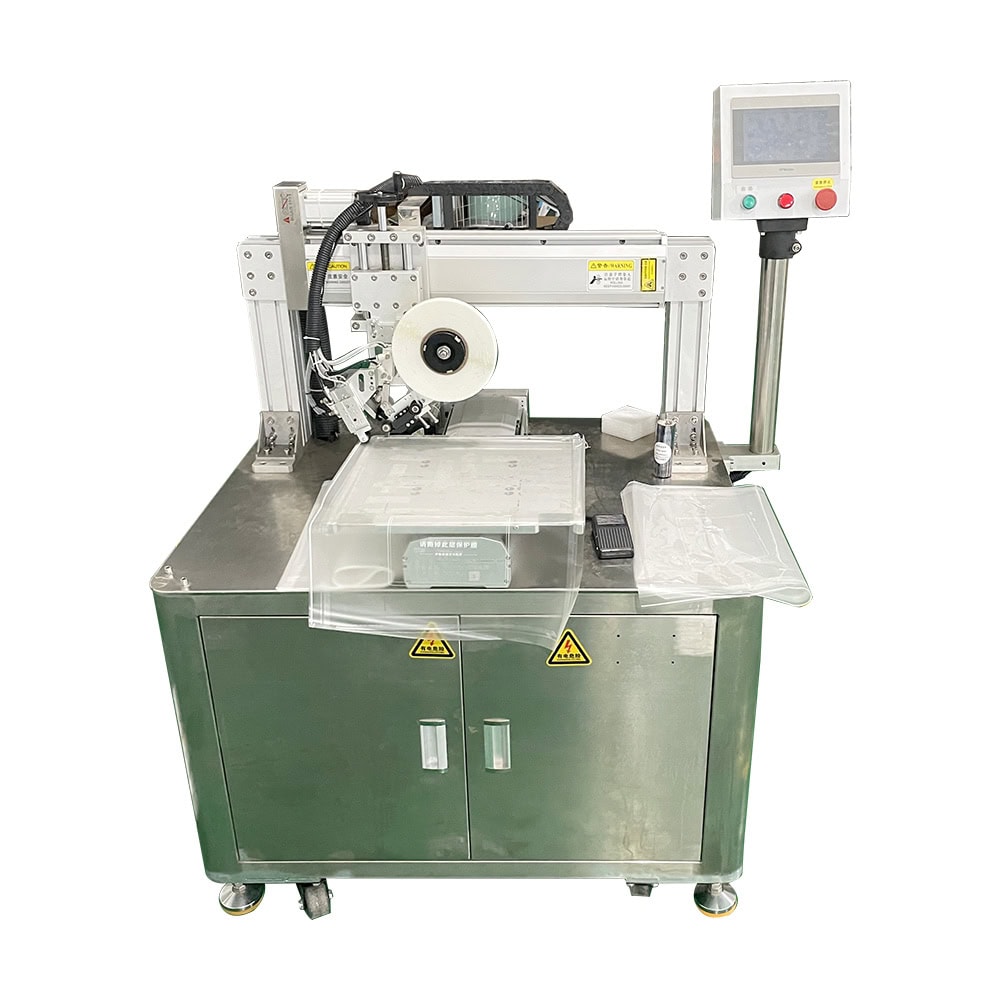
Understand Your Tape Type and Application Surface
The type of tape and surface you’re working with are critical considerations. Double-sided tapes come with different adhesives, such as acrylic, rubber, and silicone-based. Each type is designed for specific purposes. For example, acrylic tapes provide strong adhesion and excellent resistance to weather, making them ideal for outdoor projects. Rubber-based adhesives deliver faster bonding but may deteriorate over time, especially in high-heat or UV-exposed environments.
Additionally, the surface to which you’re applying the tape matters. Smooth surfaces like metal or glass are best suited for certain applicators, while rough or textured surfaces like wood or fabric need specialized tools. Ensure that the tape applicator you select is compatible with both the tape and the surface, allowing for proper adhesion in your intended application.
Adhesion Strength and Tape Compatibility
Double-sided tapes, such as 3M VHB or Gorilla Tape, have varying levels of adhesion strength. Stronger tapes require more pressure during application to achieve full bonding, while lightweight tapes are easier to apply with basic tools. Your chosen applicator should support the specific adhesive strength and be compatible with different tape types and widths.
For instance, using an applicator designed for thin tapes with a stronger, thicker adhesive might result in uneven application, reducing the tape’s effectiveness. Make sure the applicator accommodates different tape sizes, from LLPT Double-Sided Tape to 3M automotive tape, to ensure the adhesive is applied smoothly and securely.
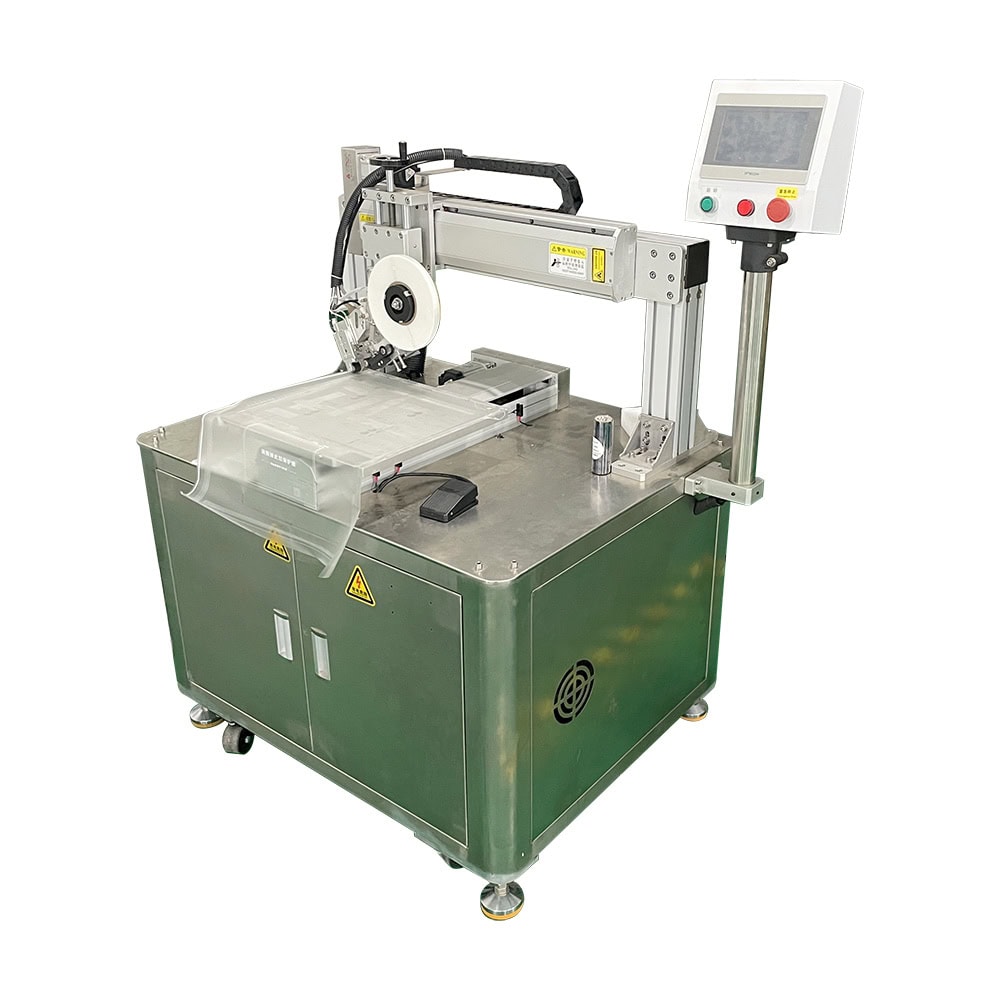
Curing Time and Bond Formation
One key factor in double-sided tape application is curing time, which refers to the period needed for the adhesive to form a full bond. Some tapes, like 3M Super Strength Molding Tape, may take 24-72 hours to reach their maximum strength. During this period, the tape should remain undisturbed for optimal adhesion.
Your tape applicator should facilitate the application of tapes with varying curing times, ensuring that the tape is laid flat and securely without affecting its bonding potential. For tapes that cure quickly, an applicator designed for speed and efficiency is vital, as it prevents the tape from being misapplied or repositioned during use.
Tape Application Speed and Precision
Speed and precision are crucial, especially in high-volume production environments. A well-designed applicator will allow for quick yet precise application, reducing the chance of errors. In industries such as packaging or manufacturing, applying double-sided tape quickly without compromising on quality can make a significant difference in productivity.
The best applicators have adjustable tension settings, allowing for more control over the speed and pressure applied to the tape. This ensures that even high-strength tapes are applied with consistency, without wrinkles or bubbles that could weaken the bond.
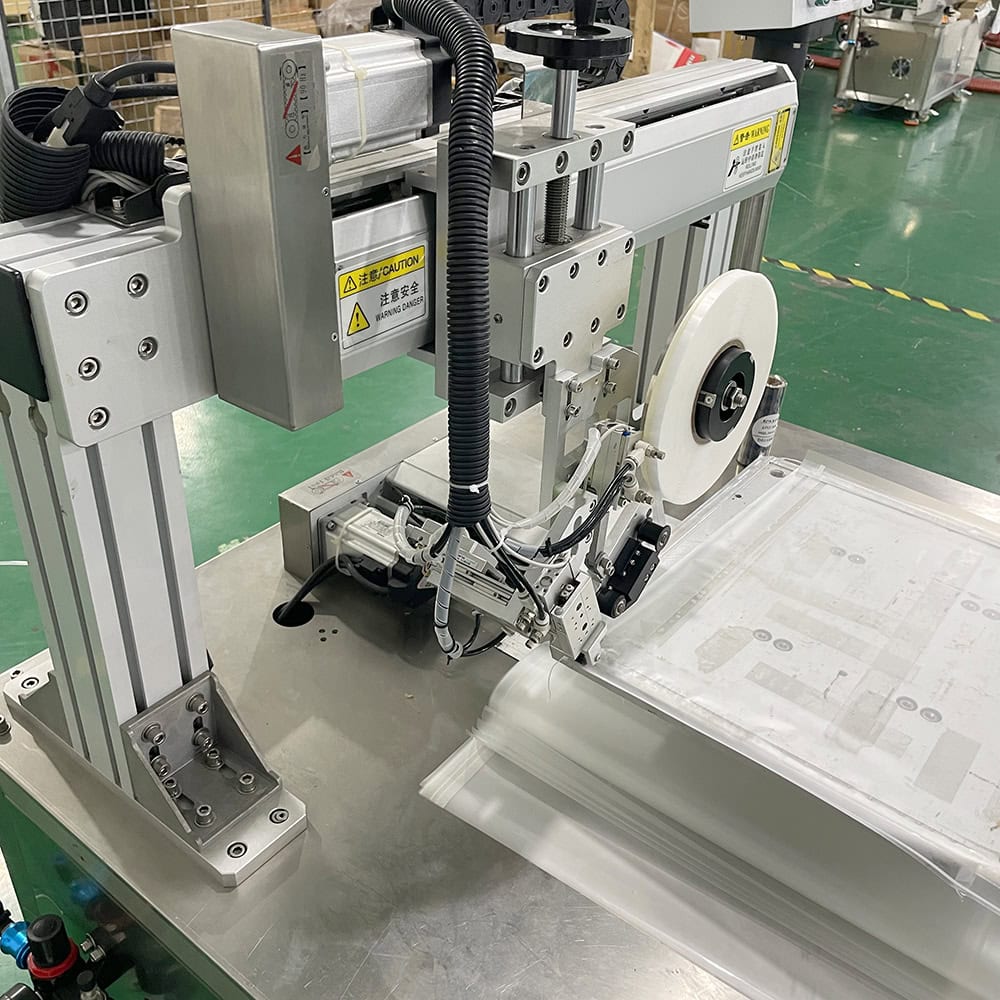
Ease of Use and Maintenance
When selecting an applicator, ease of use is essential, especially in environments where multiple operators may be handling the tool. Opt for a model that offers ergonomic features, such as comfortable grips and simple operation mechanisms. Applicators that are difficult to use can slow down production and lead to operator fatigue, reducing overall efficiency.
Maintenance is another important consideration. Choose applicators with durable parts that are easy to clean and maintain. Regular upkeep ensures the applicator continues to perform optimally, reducing downtime due to malfunction or wear and tear. For instance, stainless steel components in the applicator can withstand regular cleaning and are resistant to corrosion.
Compatibility with Specific Applications
Different industries have varying needs when it comes to tape application. For example, the automotive industry relies on 3M automotive tape, which requires applicators capable of handling heavy-duty tasks. On the other hand, office settings might use lighter tapes that are removable and do not require industrial-strength applicators.
When choosing an applicator, ensure it aligns with the specific requirements of your industry. Customizable options are often a good investment, as they allow you to adjust the tool to fit a range of applications. Whether your needs are simple or complex, having an applicator that can be tailored to different tasks improves your overall productivity and lowers long-term costs.
Conclusion
Choosing the right double-sided tape applicator is essential for ensuring smooth, efficient, and precise tape application. By considering factors such as tape type, surface compatibility, curing time, and ease of use, you can select an applicator that enhances productivity and ensures high-quality results.





